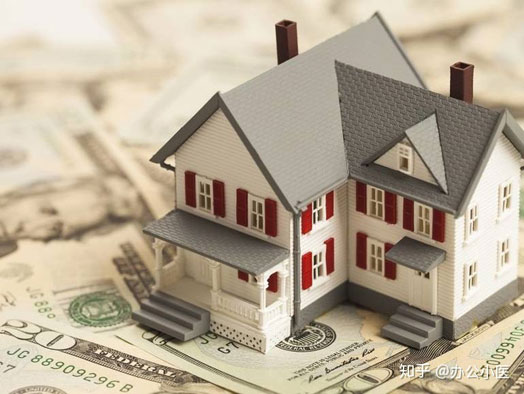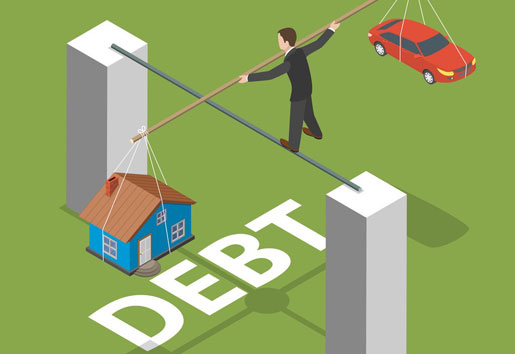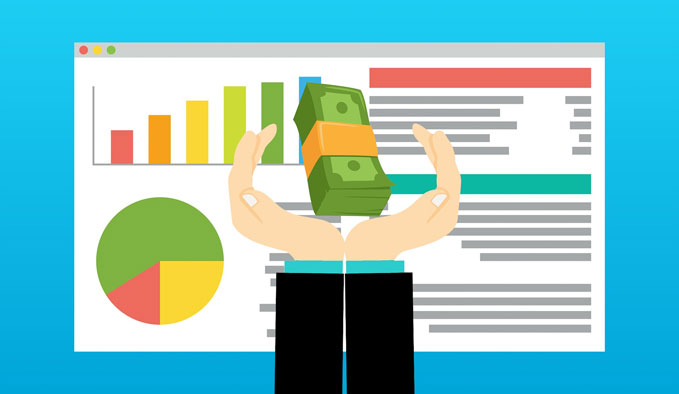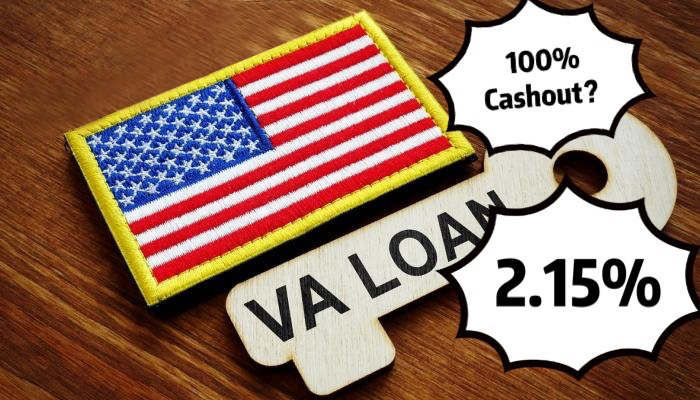What you must know about Housing Loans for the first time in the United States

Buying a home in the U.S. is a Mortgage. What is a Mortgage? A mortgage is a form of mortgage in the U.S., where the lending bank provides the buyer with a loan to cover the difference between the down payment and the actual price of the house.
Mortgage loans in the United States require buyers to make monthly payments on their debts. The loan consists of Interest and Principal, which in Chinese means interest, and Principal, which in Chinese means principal. Interest is the price the buyer must pay for the use of the money borrowed by the lending bank, and for the lending bank, interest is a special form of profit. Principal is the original amount lent to the buyer by the lending bank before interest is calculated.
If the buyer’s cash down payment (Down Payment) is less than 20% of the purchase price of the home, the lender can force the buyer to establish a third party account (Escrow Account, also known as an Impound Account). The buyer will be required to pay monthly fees, such as property taxes, land taxes, and various homeowner’s insurance premiums, through this third party escrow account. The home loan is placed in the account to cover the costs. As tax rates and insurance premiums fluctuate, the amount of money in this account will decrease. The lender will conduct an annual review to ensure that there are sufficient funds available to cover expenses.
Knowing how to choose the right home loan can help buyers become a financially relaxed homeowner for years to come. Buyers also need to understand how to get the most favorable terms for themselves when making a home loan deal and how to avoid paying more interest charges. Without a clear understanding of home loans, it is not uncommon to find that when a home loan is paid off, the total amount of interest paid to the lender has far exceeded the principal amount of the home purchase
For example, let’s say a buyer takes out a $144,000 home loan and pays $36,000 down on their own to purchase a desirable $180,000 home. If the buyer’s $144,000 home loan is a 30-year fixed-rate home loan with a 7% interest rate, the buyer will pay up to $200,892 in interest over the life of the loan. Not only is this a huge interest expense, it’s also a larger principal amount than the original loan the buyer borrowed!
That’s why buyers are advised not to over-apply for a loan, but to look for only the home loan that best meets their needs. So, what type of home loan is right for you? Now is the time to start learning about home loan options.
As with other financial and investment products, buyers can choose from different types of home loans. The differences between these different types of home loans can be large or small, and interest rates can be high or low.
There are two different basic types of home loans: Fixed-rate Mortgages, or “FRMs,” and Adjustable-rate Mortgages, or “ARMs. “. The main difference between these two types of home loans is how the interest rate is determined.
Before the advent of adjustable-rate loans, only fixed-rate loans existed. The term of a fixed rate loan was usually 15 – 30 years. A fixed rate loan, as the name implies, means that the interest rate on the loan remains fixed for the life of the loan.
The interest rate on a fixed rate loan stays the same and the buyer’s monthly payment remains the same. Buyers who do not like uncertainty and are concerned about higher interest rates may prefer this Fixed-rate Mortgage.
On the other hand, adjustable-rate loans have different, adjustable interest rates. The interest rate on an adjustable-rate loan usually adjusts every 6 to 12 months, but it can change as often as every month.
The interest rate on an adjustable rate loan depends largely on the general change in interest rates. When interest rates generally rise, the interest rate on a buyer’s loan will increase, resulting in an increase in the total amount the buyer will have to pay for the loan. Conversely, when interest rates fall, the buyer’s loan rate will typically fall as well, reducing the total amount to be paid. Buyers who like to have frequent changes in their lives may want to consider this form of adjustable rate loan.














